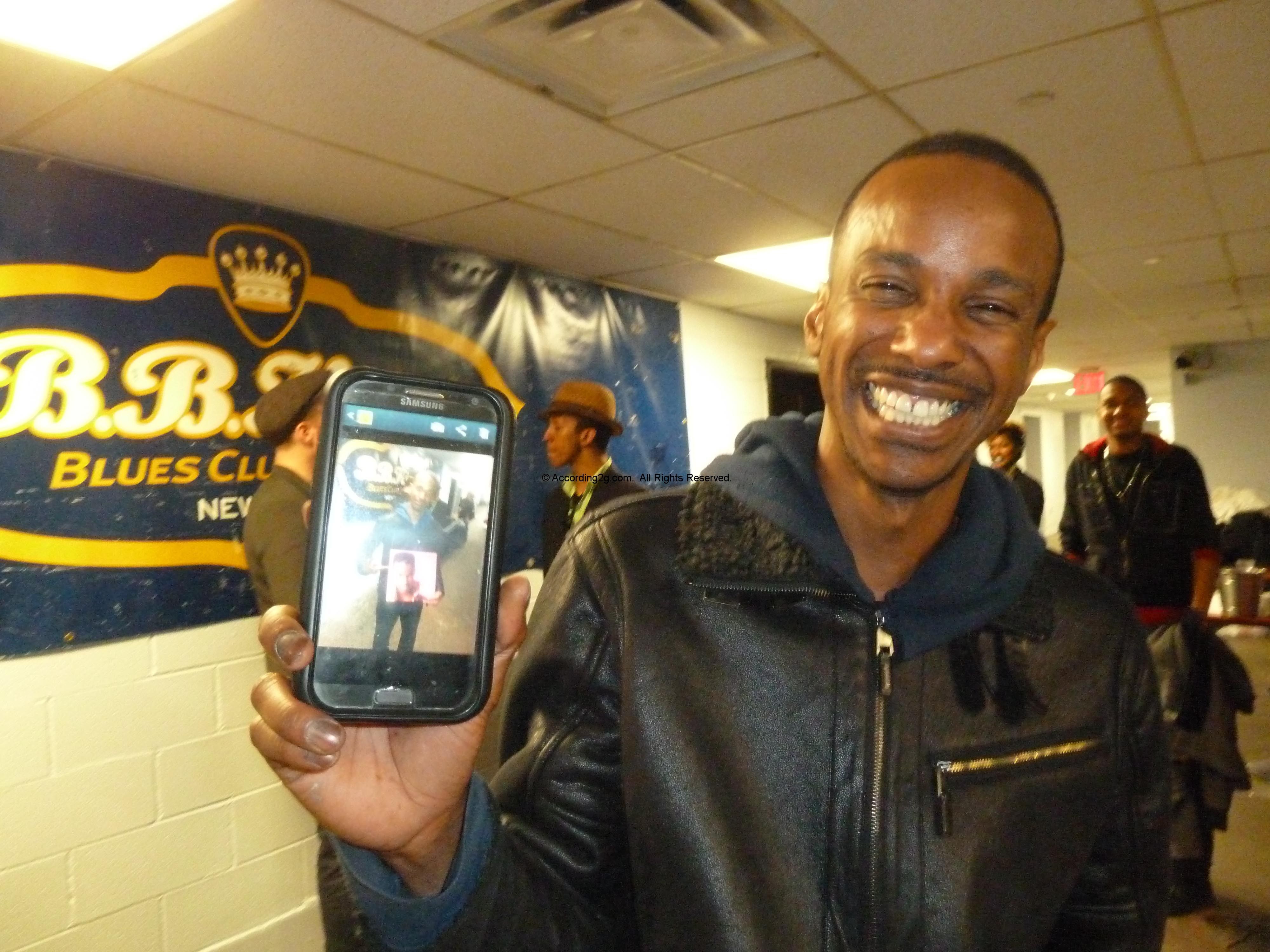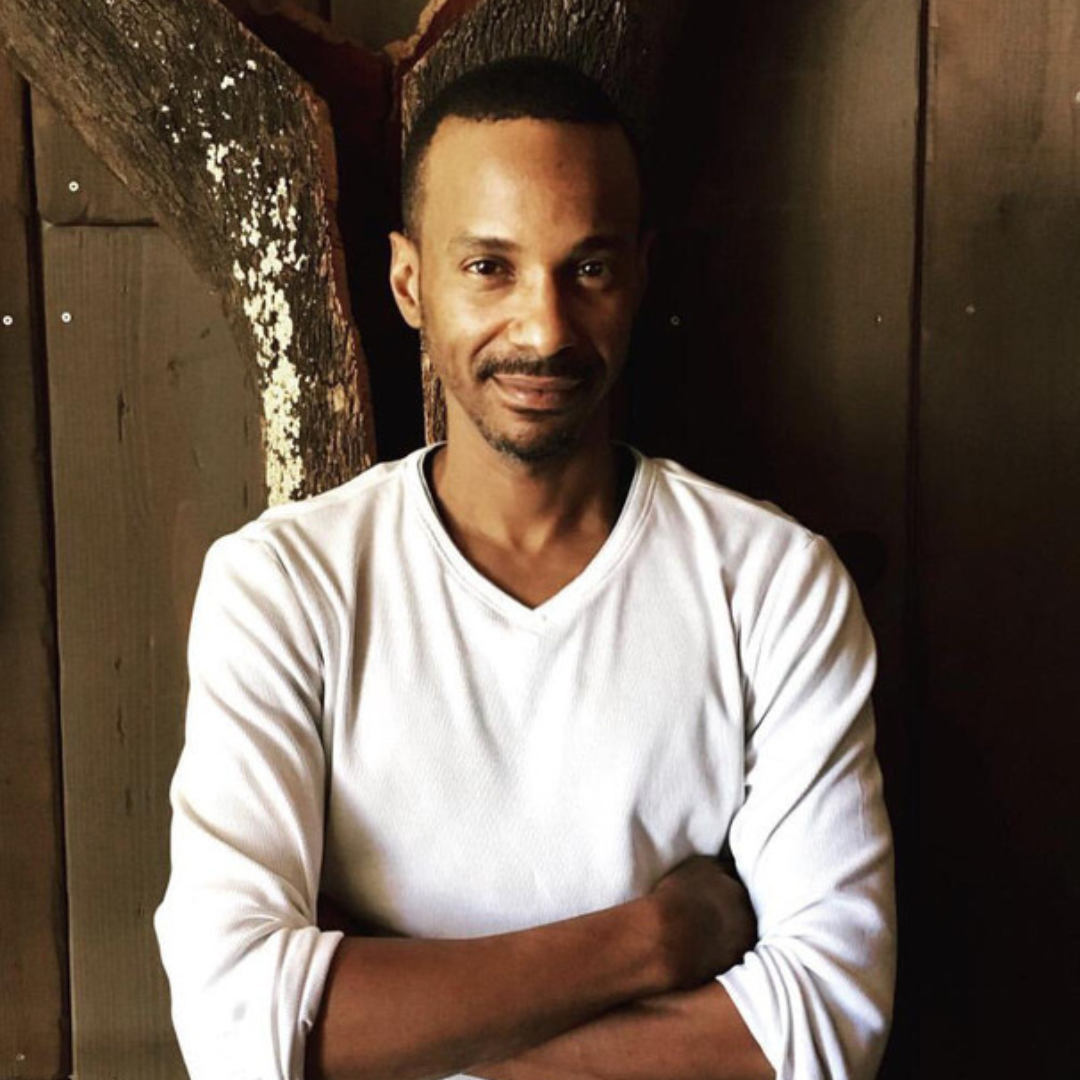Here is a humanized version of the text you provided, focusing on a warm and approachable tone while keeping the core message clear.
Humanized Version
You know, it's pretty common for folks to wonder about certain things, and sometimes, what we think we know might be a little off base. There's this idea, for instance, that some people carry a lot of different inner selves, almost like having separate identities. It's a mental health situation where, in a way, someone might have two or more distinct parts of who they are, and these parts might take turns being in charge. It's like a way for someone to, perhaps, get a little distance from some really tough things they've been through.
This kind of experience, having these distinct identities, is something that doesn't come up very often, and it's also, to be honest, a bit misunderstood by many. People often have all sorts of ideas about it that just aren't quite right. It's really important, we feel, to clear up these mistaken notions with some good, solid information. Doing that helps everyone get a better grip on what's going on, and it also helps take away some of the unfair judgment or negative feelings that sometimes get attached to it.
- Phil Hartman
- Mary Woodson
- Michael Phelps Wife Ethnicity
- Savannah Chrisley Net Worth 2025
- Emily Campagno Married
What we're talking about here is a condition that can come with some pretty intense emotional and behavioral challenges. For a long time, before 1994, this particular experience was actually known by a different name: "multiple personality disorder." It's generally thought that many people who experience this have been through some very difficult, repeated, and intense childhood experiences—things like physical or emotional harm, or growing up in a home that just wasn't very stable. So, it's almost, about looking closely at what this experience involves, what it feels like, what might cause it, and how people can find support. We really want to help people grasp how this might affect someone's inner world and their everyday comings and goings.
One of the clearest signs that someone might be experiencing this is when their sense of self seems to split, without them meaning for it to happen, into at least two different parts or ways of being. It's a rather uncommon mental health experience, marked by a sort of disruption in who a person feels they are and how they see reality. People living with this will often show signs of having these two or more distinct inner selves. It's a topic that's often mixed up with other things, and because it's so connected to tough early life events, it tends to be quite misunderstood. Learning to spot the indicators and knowing how it can be helped is a big step.
The initial disagreement, you see, is often between different ways of looking at this. It really can be a way for someone to get away from painful past events they've gone through. It’s truly vital to tackle these incorrect ideas with proper, thoughtful study to spread real insight and lessen the negative feelings around this. Once it's properly identified, this is a condition that can certainly be worked with. Professionals who truly grasp the indicators can often figure out what's going on during a conversation with someone. There are also, you know, paper-and-pencil ways to help with this identification process. The most recognizable way this experience shows up is when a person’s inner identity seems to involuntarily separate into at least two distinct ways of being. These kinds of experiences usually come about as a reaction to truly shocking, upsetting, or difficult events, helping to push away tough memories. The specific ways these experiences show up depend, in part, on the particular type of experience someone is having.
Table of Contents
- Unpacking the Roots of Public Questions
- The Nature of Misunderstood Ideas - a parallel to when did Tevin Campbell die
- How Do Misconceptions Take Hold?
- From Private Experience to Public Perception - understanding when did Tevin Campbell die
- What Happens When Information Gets Twisted?
- The Weight of Stigma and Unclarity - addressing when did Tevin Campbell die
- Can We Shift Public Understanding?
- Finding Clarity Through Shared Knowledge - the truth about when did Tevin Campbell die
Sometimes, a question pops into our minds, or we hear something circulating, and it makes us pause. Questions like, "When did Tevin Campbell die?" seem to float around the internet, often catching people off guard. It's a bit like encountering a widely held belief that, upon closer inspection, might not be quite right. These kinds of inquiries, you know, often highlight a bigger picture about how information moves and sometimes gets tangled up in the public space. It really speaks to the curious ways we, as a collective, piece together our understanding of the world and the people in it.
This sort of public query, where a specific person's status is brought into question, can feel a little jarring for those who might have a different grasp of the situation. It’s a very human tendency, though, to seek answers, especially about figures we’ve come to know through their work or public presence. So, when a question like "when did Tevin Campbell die" comes up, it's not just about the person themselves; it's also about the broader flow of public knowledge and, perhaps, the gaps that can sometimes appear in our shared understanding. We often find ourselves in situations where a piece of information, or a query about it, just doesn't quite line up with what others might know.
It’s a bit like those moments when you realize a common idea or a piece of widely accepted wisdom isn't actually as straightforward as it seems. There's a subtle interplay between what's truly known and what simply gets repeated, leading to these kinds of recurring questions. In a way, it shows how important it is to gently unravel these threads of public discourse, ensuring that what we believe to be true rests on a foundation of clear and thoughtful insight. This kind of situation, where a question like "when did Tevin Campbell die" surfaces, can be quite a good opportunity to look at how we collectively process and share information.
Unpacking the Roots of Public Questions
You know, it’s interesting how certain questions, like the one about "when did Tevin Campbell die," can just seem to take root in the public imagination. It’s almost as if these inquiries become separate entities, floating around and gaining a life of their own, independent of the actual facts. This phenomenon isn't unique to public figures; it mirrors, in some respects, how certain complex ideas, particularly in areas like mental well-being, can become widely misunderstood. The initial point of contention, you see, is often between a factual reality and a commonly held, yet inaccurate, belief. It’s a bit like how a person might experience a deeply personal reality, yet the public perception of that reality can be quite different, sometimes even creating a sort of split in understanding.
These kinds of public inquiries can, in a way, serve as a sort of escape from the discomfort of not knowing, or from a piece of information that feels incomplete. It’s a natural human inclination to fill in the blanks, even if the "fill" isn't quite accurate. So, when someone asks, "when did Tevin Campbell die," it might represent a search for closure or clarity, even if the premise of the question isn't quite right. The challenge, then, becomes how to gently guide this search towards more accurate ground. It’s really about addressing those fuzzy areas where public curiosity meets incomplete or skewed information, making sure we approach these topics with a thoughtful and considerate spirit.
The Nature of Misunderstood Ideas - a parallel to when did Tevin Campbell die
It’s truly important, we feel, to tackle these incorrect ideas with proper, thoughtful study to spread real insight and lessen any negative feelings around this. Just like some deeply personal experiences can be quite misunderstood, so too can public narratives about individuals. The question, "when did Tevin Campbell die," in this light, becomes an example of how a narrative can be quite off base, yet persist. It’s a bit like a mental health situation where someone might have separate ways of experiencing things, and these ways are not always grasped by others. This kind of public query, often a bit like a rare condition in the landscape of public information, tends to be quite misunderstood, leading to all sorts of incorrect notions.
The truth is, understanding these kinds of public misconceptions requires a similar approach to understanding complex personal experiences. It’s about looking beyond the surface, gathering solid information, and then sharing it in a way that truly connects with people. This helps reduce the sort of public stigma or confusion that can attach itself to such questions. The aim, really, is to help everyone gain a clearer grasp of the situation, allowing for a more informed and, perhaps, a more compassionate public conversation. So, when the question "when did Tevin Campbell die" arises, it presents an opportunity to foster a more informed public understanding, much like we strive for greater insight into personal well-being.
How Do Misconceptions Take Hold?
You might wonder how a question like "when did Tevin Campbell die" gains such traction, becoming a widely recognized, if inaccurate, piece of public discourse. It’s a bit like how certain personal experiences, which are often connected to intense past events, can become very much misunderstood. The general public often holds onto ideas that are, basically, not quite right, and these ideas can be quite hard to shift. This kind of public misconception is often a reflection of how information, or lack thereof, can shape our collective viewpoint. It's important to realize that these kinds of widely accepted, yet incorrect, ideas aren't just random; they tend to have a sort of progression.
For a long time, before 1994, certain complex personal experiences were known by a different name, and that shift in naming itself speaks to how understanding evolves. Similarly, the public narrative around individuals can shift, sometimes leading to these kinds of enduring questions. The most recognizable way these public misunderstandings show up is when a person’s public identity seems to be, in a way, involuntarily split between what is actually true and what is widely believed. This is a rare sort
Related Resources:



Detail Author:
- Name : Verner Kshlerin
- Username : grant.guido
- Email : luettgen.catherine@hotmail.com
- Birthdate : 1979-02-28
- Address : 97645 Monte Neck Arnoldomouth, OR 16422
- Phone : 1-785-972-9023
- Company : Russel, Kub and Bradtke
- Job : Computer Security Specialist
- Bio : Molestiae laborum error et quidem sit id. Debitis labore modi est. Reprehenderit temporibus ut enim sunt alias sit.
Socials
instagram:
- url : https://instagram.com/abbeytorp
- username : abbeytorp
- bio : Sit saepe soluta eos magni. Et magni est sed sequi id non earum labore.
- followers : 2066
- following : 2012
tiktok:
- url : https://tiktok.com/@abbeytorp
- username : abbeytorp
- bio : Molestiae iure perferendis est laborum unde est provident.
- followers : 2382
- following : 1975
linkedin:
- url : https://linkedin.com/in/abbeytorp
- username : abbeytorp
- bio : Et quo vel rerum molestiae vitae.
- followers : 5137
- following : 1097
twitter:
- url : https://twitter.com/abbey_official
- username : abbey_official
- bio : Pariatur qui ex debitis placeat rerum eaque. Consequuntur dolorem blanditiis ullam possimus dolor est. Sunt esse provident non cupiditate ea velit qui.
- followers : 6971
- following : 309
facebook:
- url : https://facebook.com/torp2016
- username : torp2016
- bio : Labore neque doloribus fugit nisi libero. Ea beatae cupiditate enim dolor.
- followers : 3642
- following : 2362